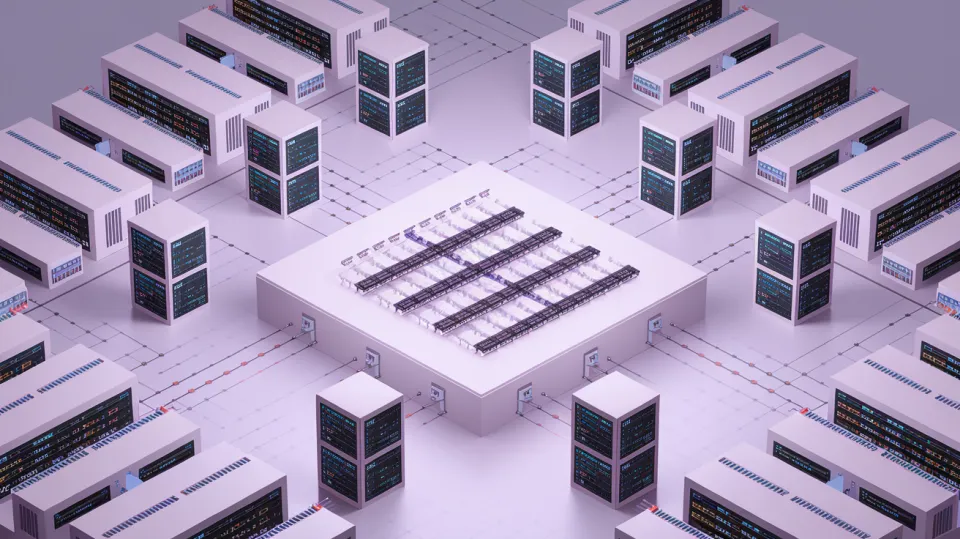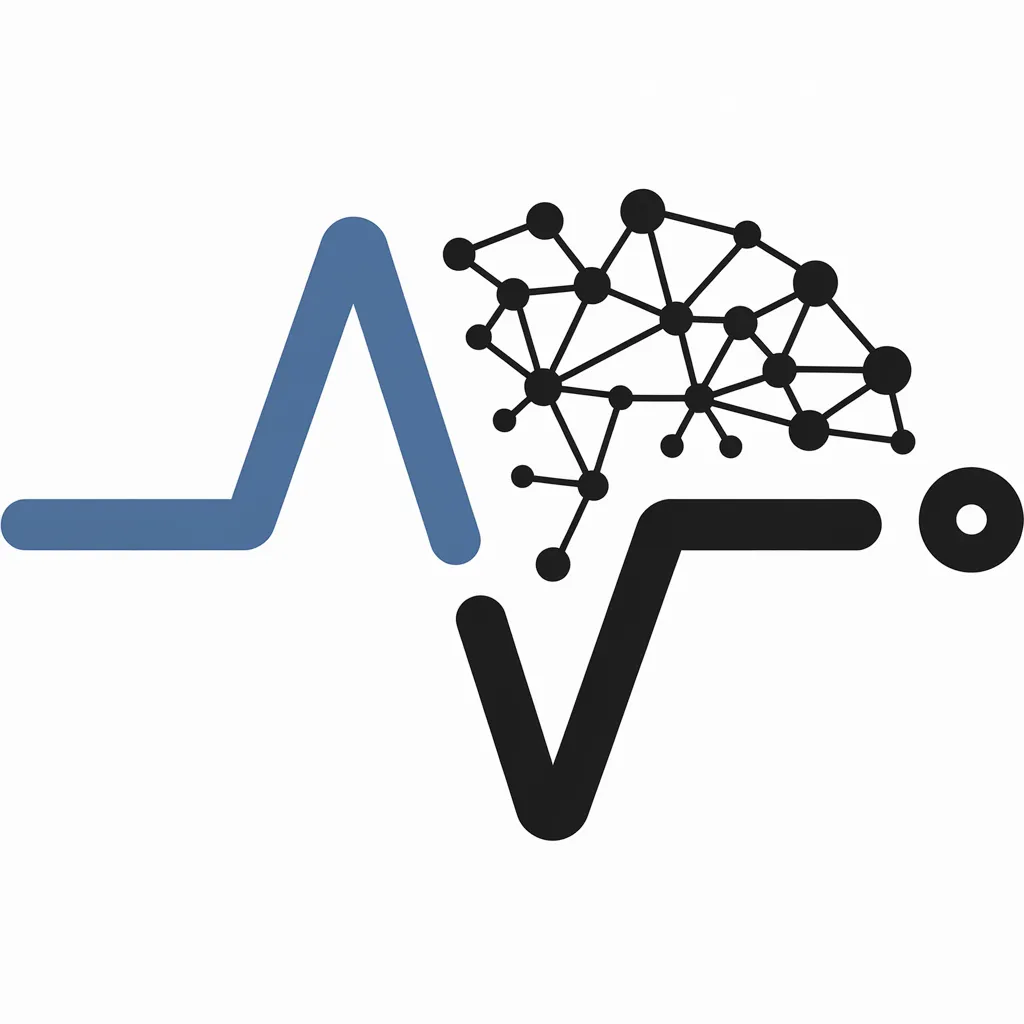Tokens and tokenization

Large Language Models (LLMs) like GPT-4o and Claude 3.5 used in generative conversational interfaces rely on tokens to process and generate text. Tokens are the smallest units of text that a model can understand, and they can be as small as individual characters or as large as whole words or phrases.
Tokenization is the process of breaking down text into these tokens. This step is crucial because it allows the model to handle text efficiently and understand the relationships between different parts of the text.
Understanding Next-Token Prediction
Once tokenization is complete, the model can engage in next-token prediction, which involves anticipating the next word or phrase in a given sequence of text. This is achieved using neural networks which can understand and assess the importance of various words in a sentence. By analyzing the context provided by preceding words, the model generates text that is coherent and contextually appropriate.
To enable this process, the tokenized text data must be converted into a numerical format that the model can interpret. This is where vectors come into play. Vectors are mathematical representations of words or phrases, capturing their semantic meaning and relationships within a given context. Techniques such as word embeddings and contextual embeddings transform text into these vectors, allowing the model to process and understand the input data effectively.
Chunking
Chunking is the post-training process of breaking down large text datasets into manageable pieces, which is crucial for efficient information retrieval and processing in RAG systems. Proper chunking ensures that text vectors encapsulate the necessary semantic information, enhancing retrieval accuracy and efficiency. It involves strategies such as fixed-size, semantic, or hybrid chunking, all aimed at optimizing how information is segmented, indexed, and retrieved.
In summary, tokenization is foundational processes that enable LLMs to understand and generate text. They are integral to the functioning of RAG systems and chunking strategies, which together enhance the models' ability to handle large datasets and provide contextually relevant responses.
Did I got something wrong? Have a thought? Email me immediately. See you tomorrow!
